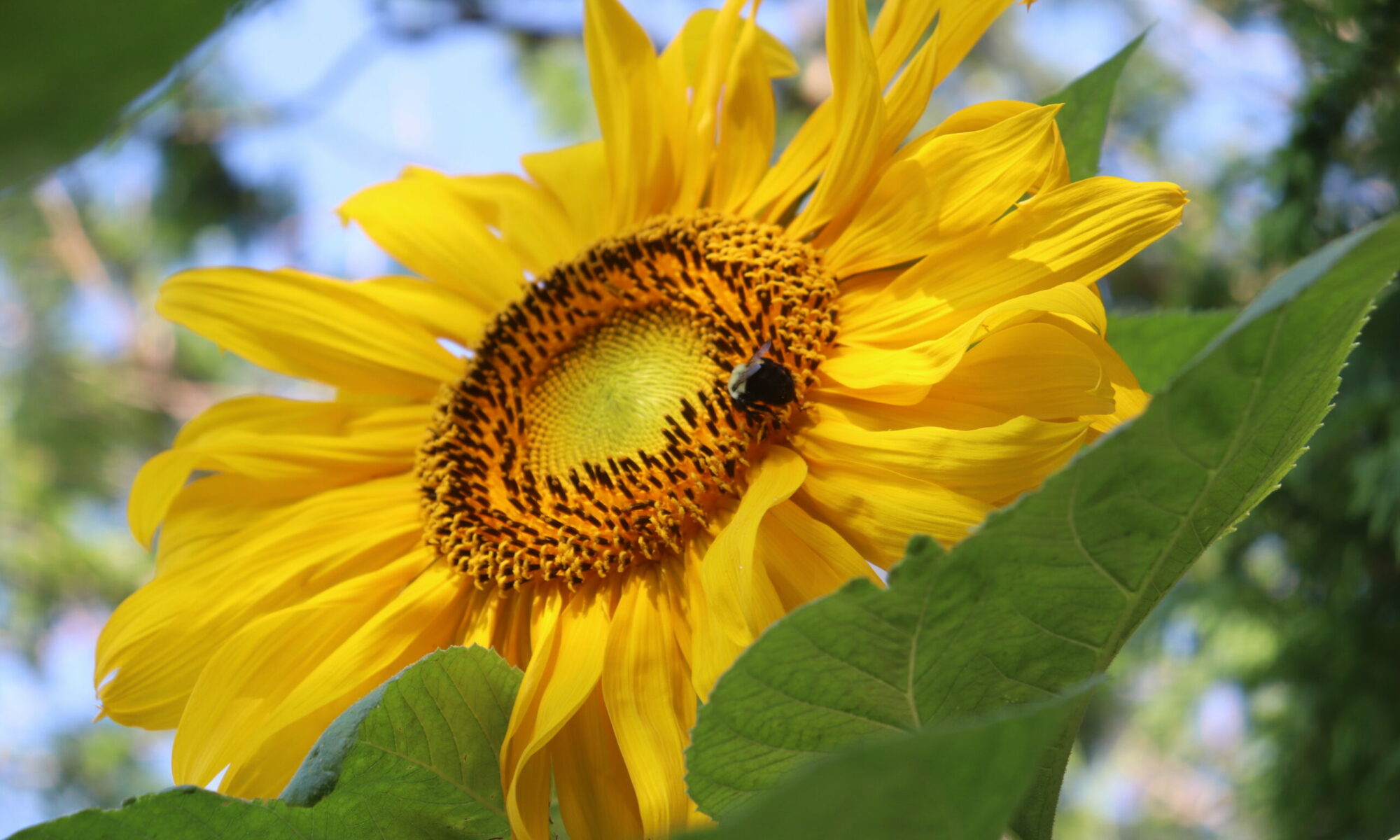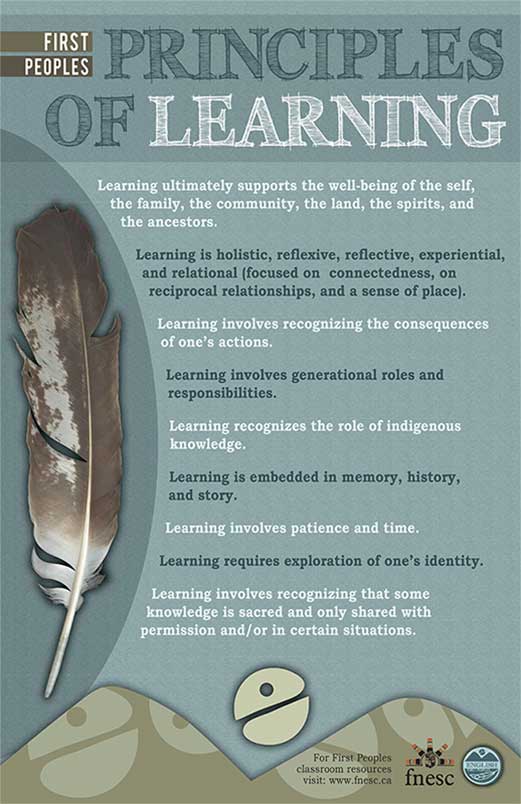
I was first introduced to the First Peoples Principles of Learning (FPPL) in September 2022. The FPPL were articulated by Indigenous Elders, scholars, and knowledge keepers to guide the development of the curriculum and teaching of the the English First Peoples course created by the BC Ministry of Education and First Nations Education Steering Committee in 2006/2007.
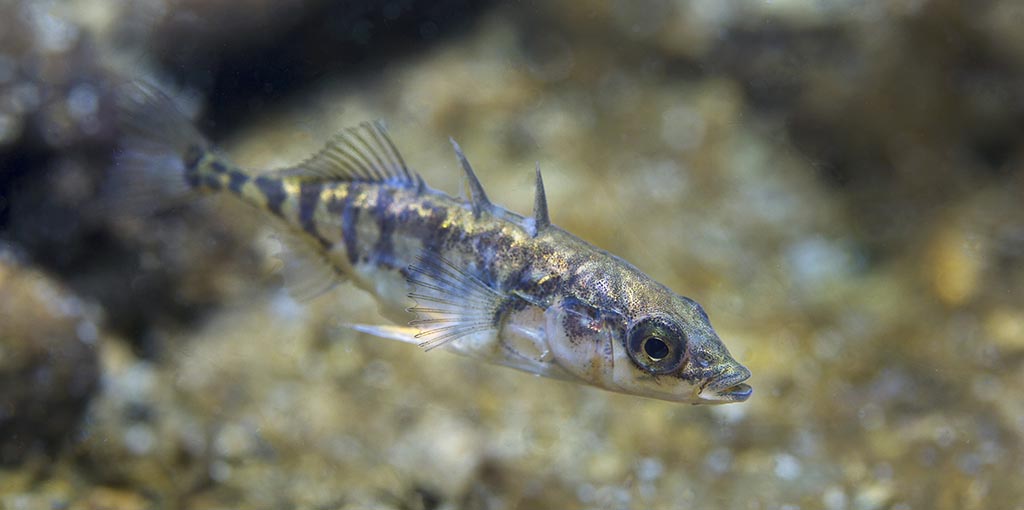
Stickleback Stories
Purpose: To understand the ongoing evolution of a local fish species called the three-spined stickleback, Gasterosteus aculeatus. Genetic variations and changes in the environment led to changes in bone morphology in different stickleback populations. This is a fish of great interest to scientists because of its noticeable adaptations to different habitats.
Background: The three-spined stickleback is found only in the Northern Hemisphere, where it usually inhabits coastal waters or freshwater bodies. It can live in salt, brackish, or fresh water. This species can be found in ditches, ponds, lakes, rivers, sheltered bays, marshes, and harbours.
The stickleback is an excellent example of adaptation to the environment and of speciation. It is an especially good example of the effects of geographic isolation on genetic adaptation in British Columbia. British Columbia has several rare species of stickleback that are only found in one or two lakes. More than that, they have evolved into two separate species adapting to different habits within the lake.
Sooke is a community on the southern tip of Vancouver Island. The T’Sou-ke Nation of the Coast Salish peoples is a band government whose reserve community is located on Vancouver Island. The T’Sou-ke Nation has two reserves around the Sooke Basin on the Strait of Juan de Fuca. The T’Sou-ke people are the namesake of the town of Sooke, B.C. and its surrounding harbour and basin. The name of the people comes from T’Sou-ke, the traditional name of the stickleback fish in the T’Sou-ke language. The small fish are found in the Sooke River estuary. Chief Gordon Planes has said that the T’Souke people are like the stickleback fish because “they are small but strong and stick together”. Rather than going extinct, stickleback thrive in the ever-changing environment.
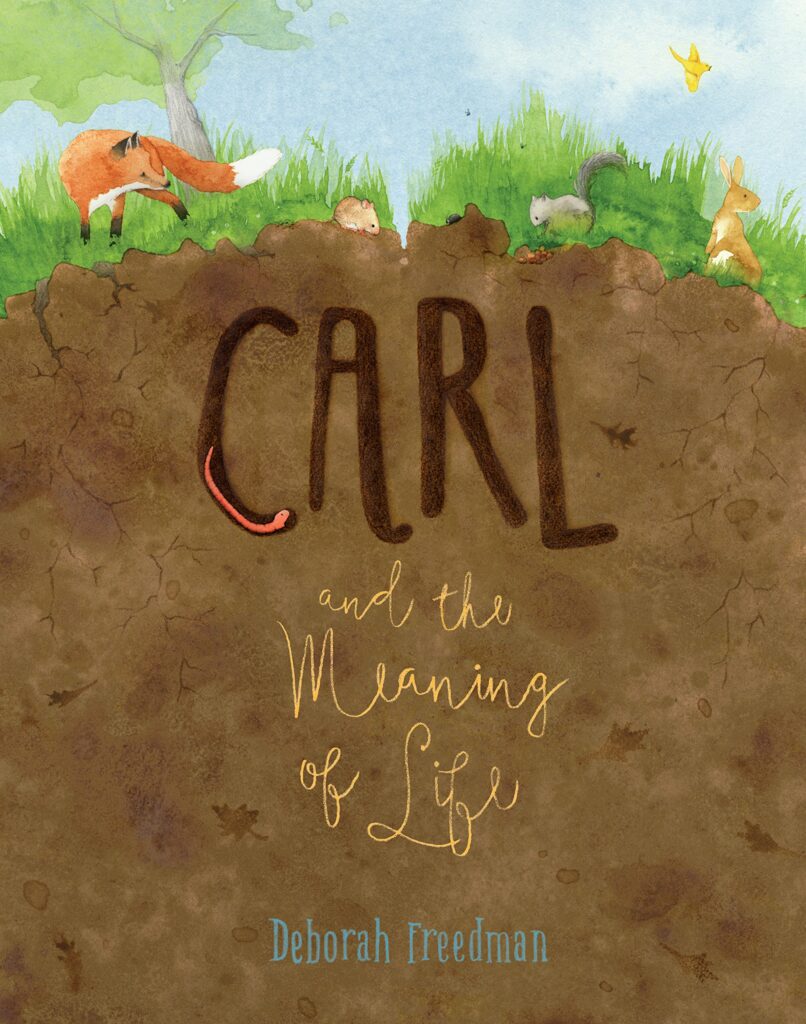
Carl and the Meaning of Life
Carl and the Meaning of Life is a picture book by Deborah Freedman. In this book, the reader follows Carl the earthworm on a journey to figure out his purpose in life. He wants to understand why the he tunnels through the soil. Listening to a story is experiential and requires patience. It is a privilege to use phones in class for research and not using it properly will result in consequences. Students will be encouraged to share their ideas with their peers and with me. The written response for this book required attention to detail. Pairs discussing during think-pair-share activities will show a reciprocal relationship.
I read the book to sudents at the beginning of class and then towards the end of class, they began their personal reflections. I gave an example of what I was looking for, with my organism of choice: polar bears. I circulated to help students decide on an organism and prompt students to address both parts of the personal reflection.
Task: Every organism plays a unique role in their environment. Choose an animal and discuss some of the many ways it is adapted to its environment. What might happen if this organism stopped playing their role? You are not limited to the space provided, continue on the backside of the page, or add pages, if needed.
EDUC405 Final Project
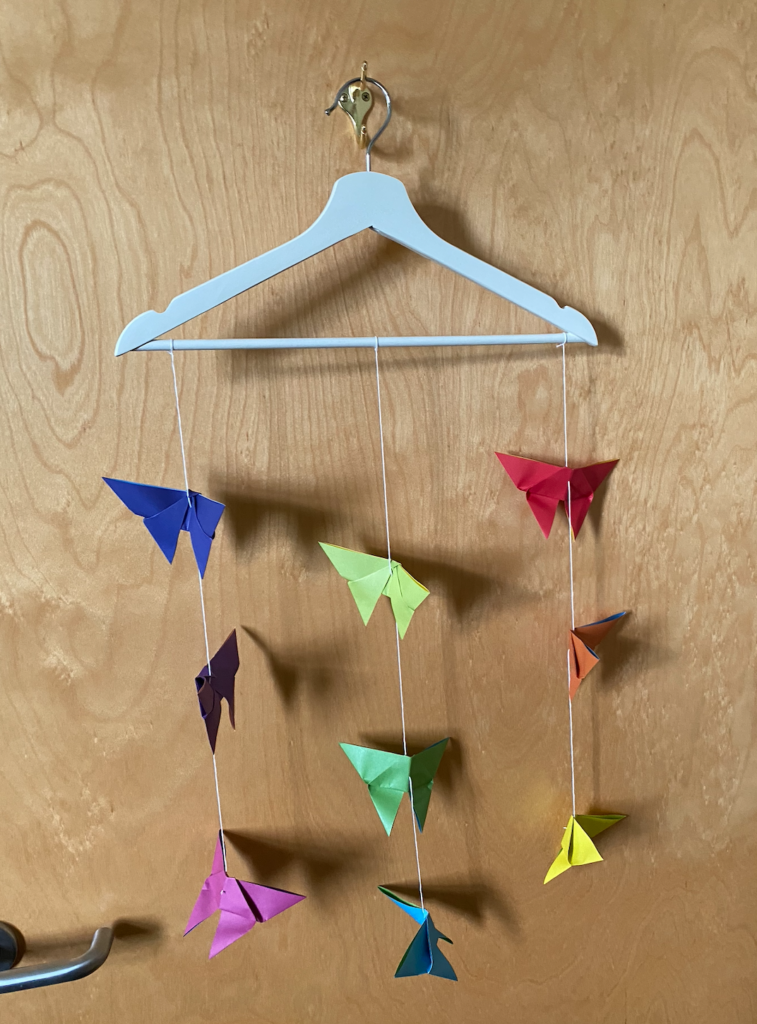
Title of Project: Emergence
Medium: Mixed Media
Description: Teaching is my vocation. This art piece symbolizes my journey through a Bachelor of Education degree as well as what I wish for my future students. Butterflies symbolize transformation, beauty, balance, and grace. There are nine origami butterflies, reflecting the nine First Peoples Principles of Learning which have guided my pedagogy. Each butterfly is a different colour, representing the diversity that exists in every classroom. I will encourage students to show their true colours and grow as learners and as people. I will approach students with humility and grace. The medium I chose was inspired by activities I was exposed to during the program. My piece speaks to the process of self-exploration and coming into being as a teacher.
